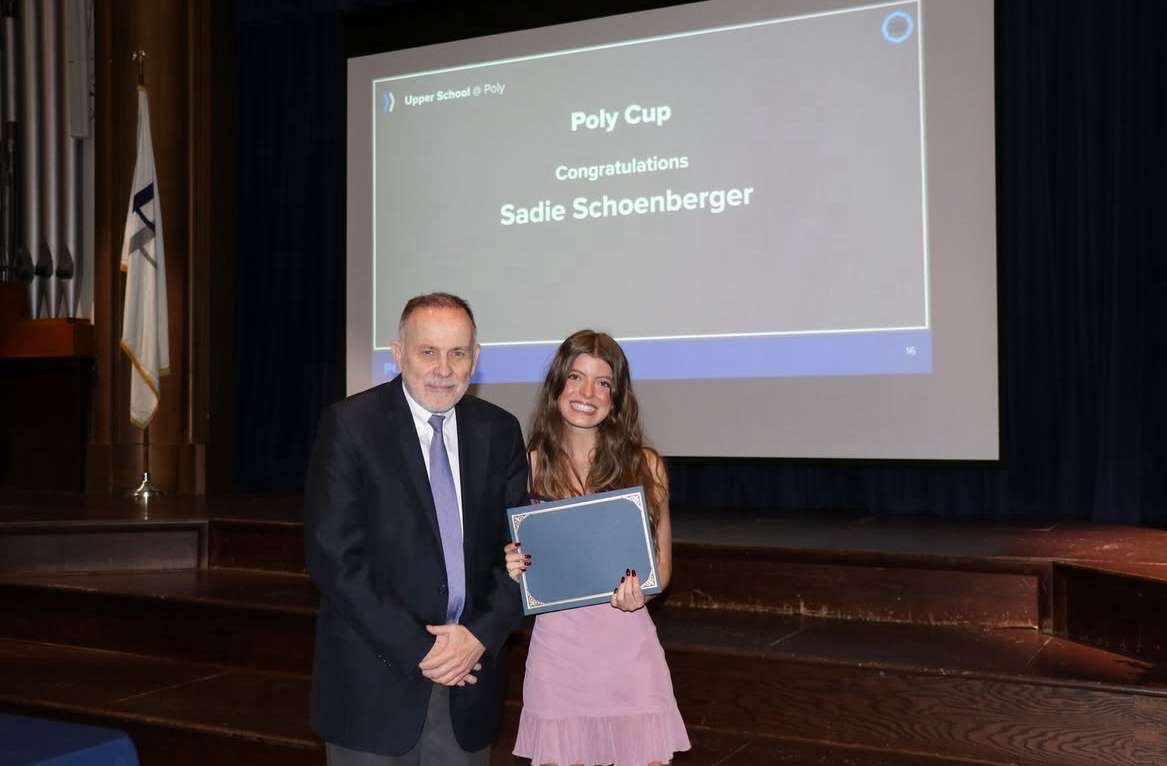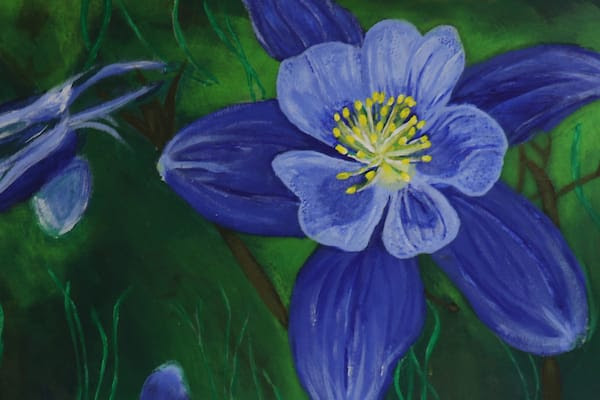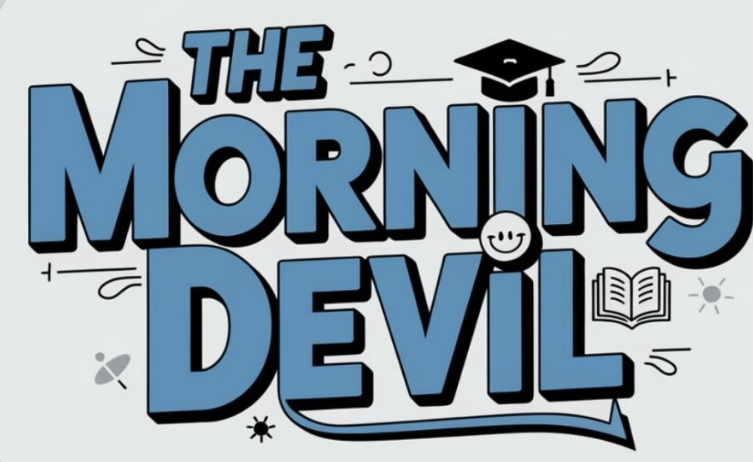On February 11, 2025, the Poly Upper School community came together for the annual Black History Month Assembly, a student-led event that celebrates Black culture. This year’s assembly was organized by leaders of UMOJA Males and Lemonade, two affinity/alliance groups dedicated to fostering discussion and appreciation of Black identity. Through a presentation followed by a speech by filmmaker and artist Michael Holman, the assembly explored the power of storytelling and the importance of embracing creativity as a tool for change.
The program opened with student-led reflections on Black history, setting the stage for a broader discussion of Black identity beyond narratives of struggle. Jackson Pratt ’26, a leader of UMOJA Males who spoke during the assembly, stated that the narrative around Black History Month is simplified to “themes of struggle and the achievements of prominent leaders.” Emphasizing the importance of showcasing the full scope, Pratt added, “While those are important, UMOJA and Lemonade aim to present a broader, more nuanced perspective—one that highlights the full spectrum of Black history and culture in all its depth and vibrancy.”
Following these student-led presentations, Holman took the stage for a compelling speech about his life story. Holman, a man who’s worked in many different fields and known for his contributions to filmmaking, writing, and music, shared insights from his decades of work at the intersection of art and culture. As a professor of film directing at Howard University, he once mentored Upper School DEIB Co-Coordinator Iman Stultz. Reflecting on why Stulz invited Holman to come and speak to the students, she explained she had “remembered Professor Holman being very charismatic, wise, and accessible to students, and his expertise in filmmaking was apropos to UMOJA’s presentation.”
Throughout his speech, Holman highlighted the vast influence of Black artists on American culture, drawing from his experiences working alongside visionaries such as Jean-Michel Basquiat. His discussion resonated deeply with students, particularly in his emphasis on the persistence of culture and the power of artistic expression. Emilio Gittens ’26, a student who participated in the Q&A panel with Holman, reflected on his key takeaway from Holman’s words, stating that “the most important piece of information Michael Holman gave us is that the best thing anyone can do is embrace their true self and unfiltered creativity. Some of the most powerful movements—hip-hop, graffiti, breakdancing—were born from an unrelenting passion to express and innovate. So who says you can’t do the same?”
Holman’s speech also served as a call to action, urging students to recognize the global impact of Black culture and to contribute their own voices to the artistic and cultural landscape. One moment that stood out to Stultz was when Holman remarked that “of all the marginalized groups in the world, Black Americans have had the largest global influence.”
For Pratt, he reflected that “having someone of his stature speak in our space was surreal; it was truly a blessing. What stood out most was his passion for his craft. When he spoke about his work on the SNL ad campaign, it was clear that he isn’t driven by money but by a deep love for the art form itself.”
Beyond Holman’s speech, the student-led nature of the assembly played a crucial role in making the event impactful. Gittens highlighted the importance of younger generations leading discussions on Black history, stating that “the point of the students leading the assembly is to ensure that the newer generation is learning the information. Also, the panel—which was also student-led—helped gain more useful information for the younger audience.”


























